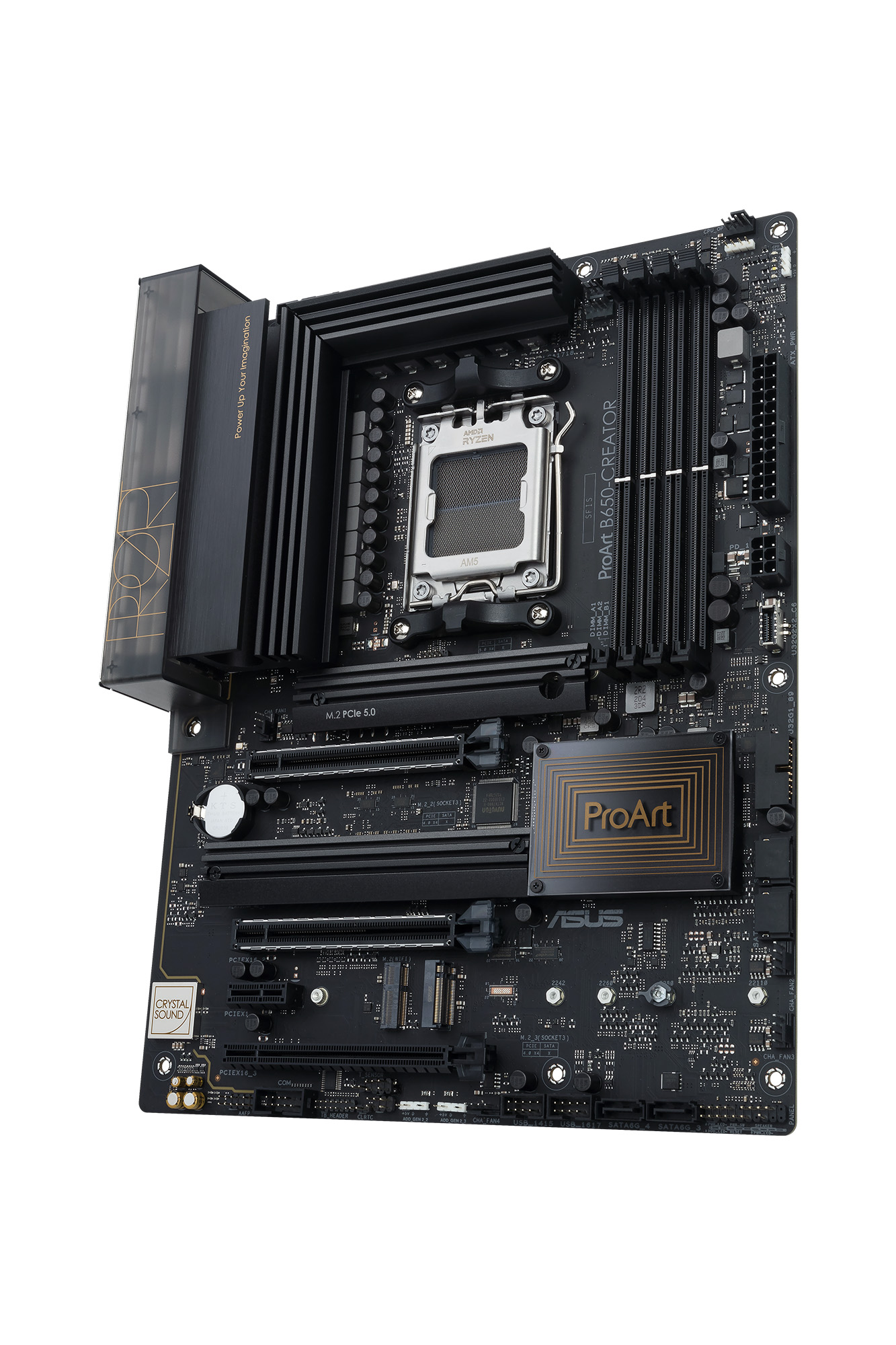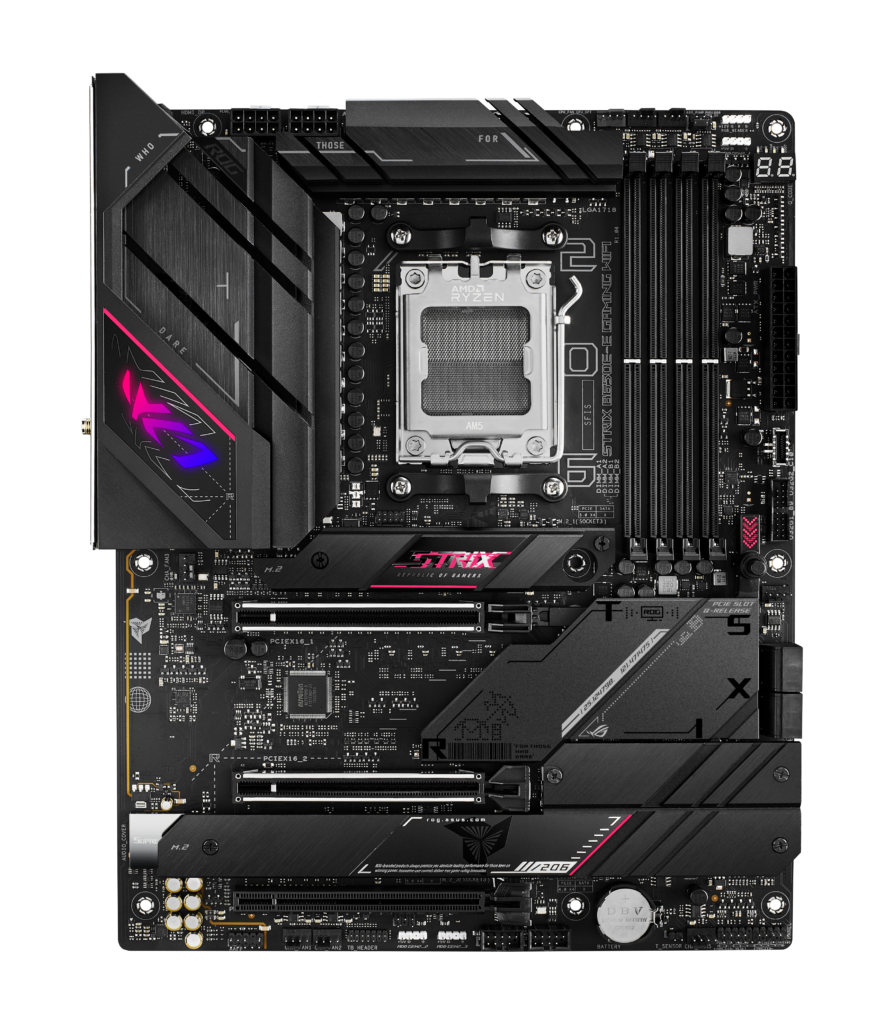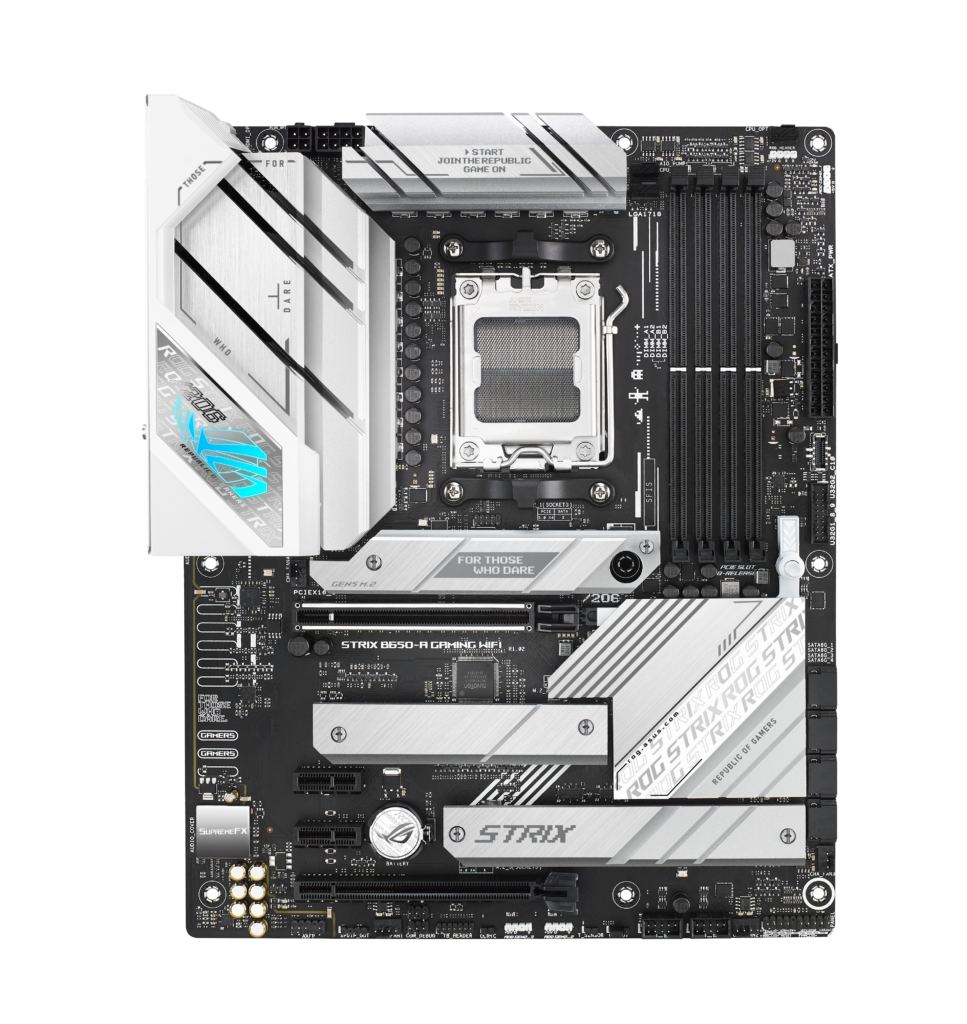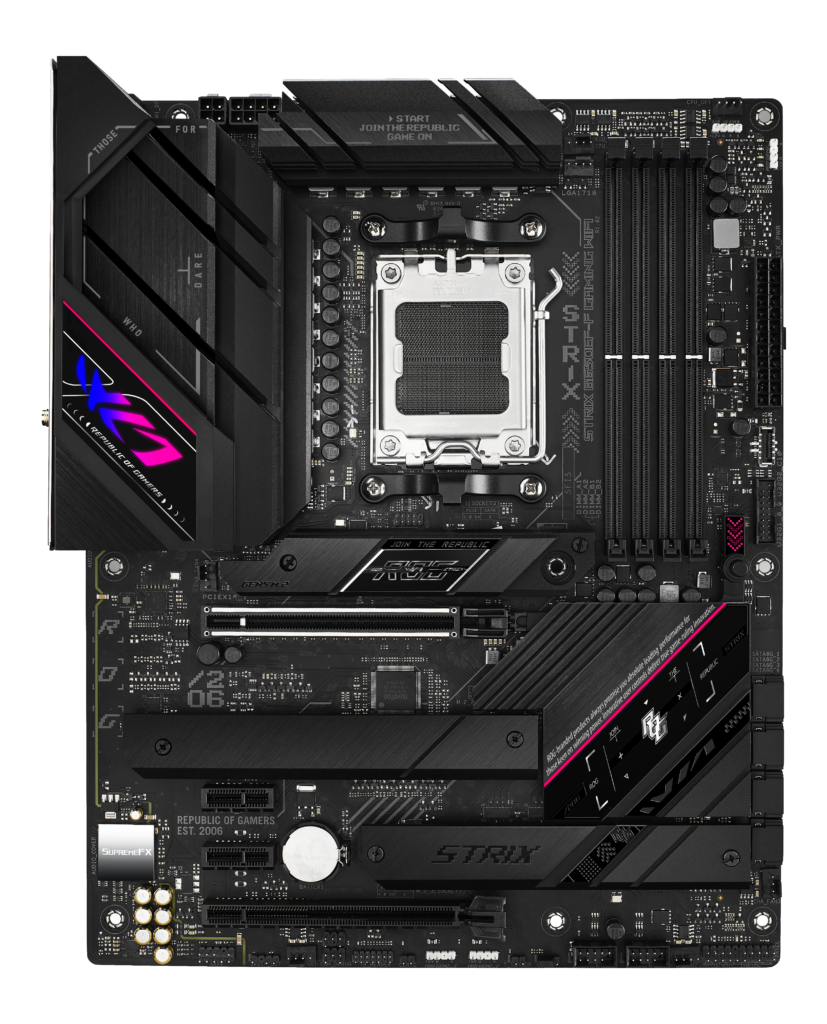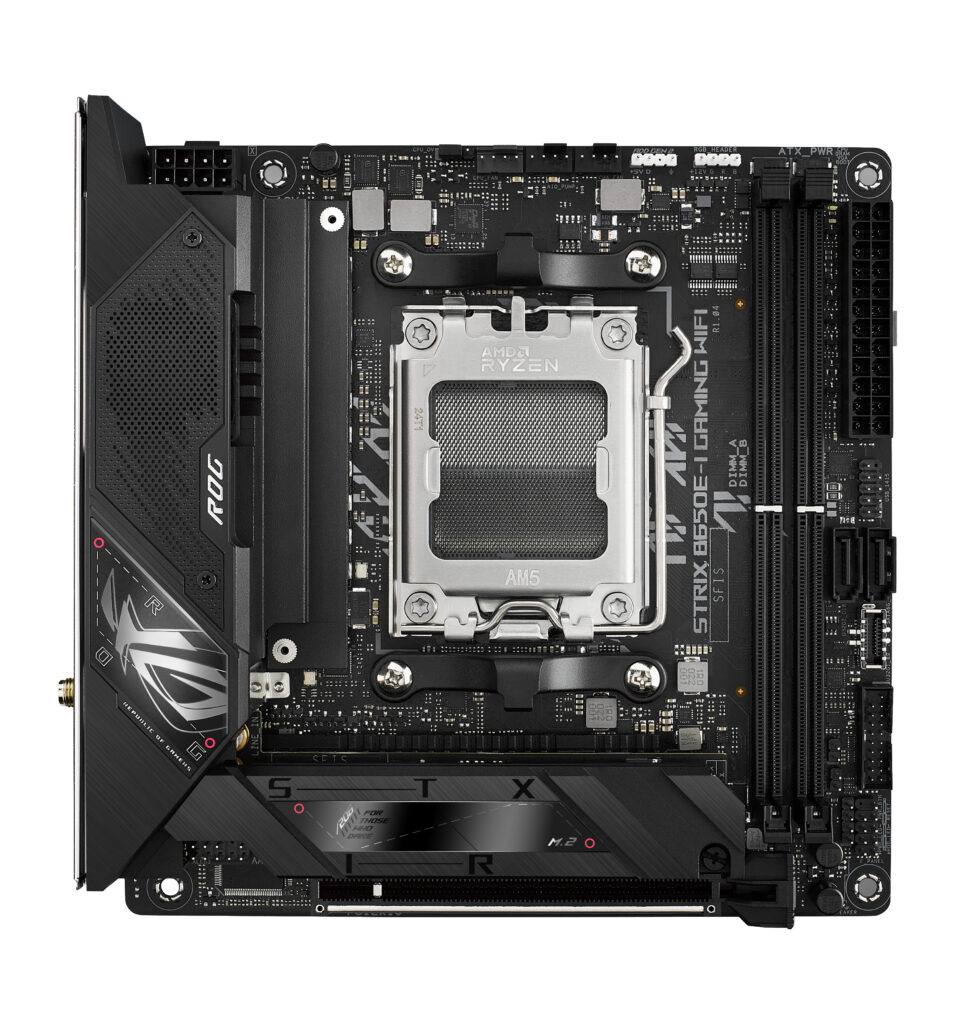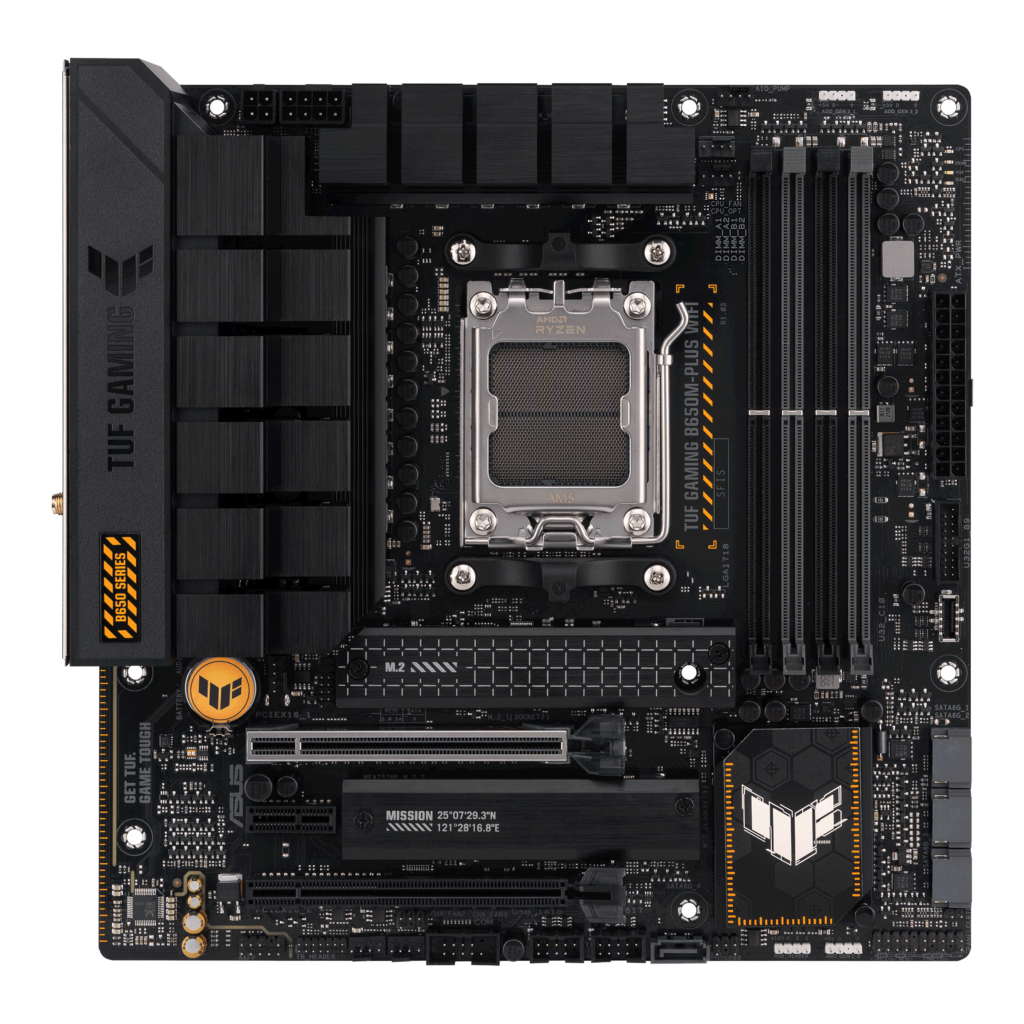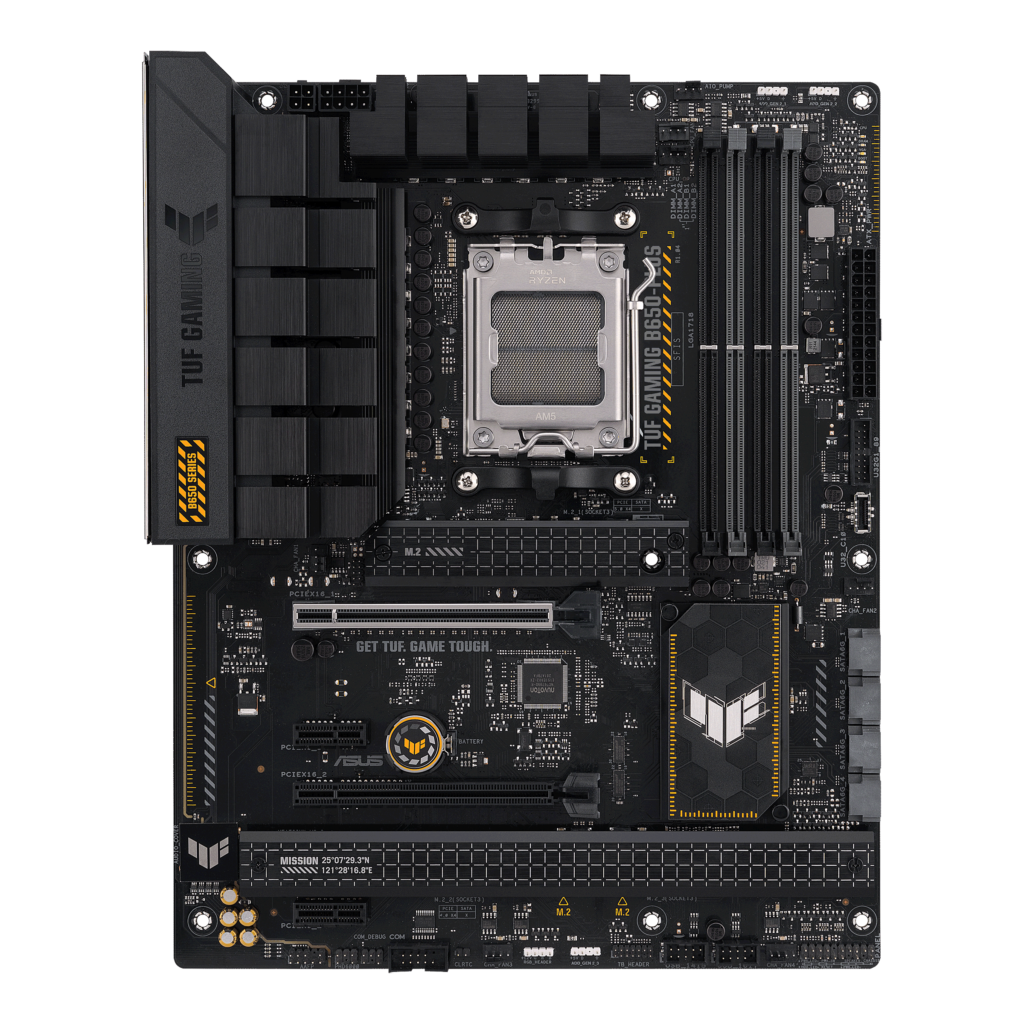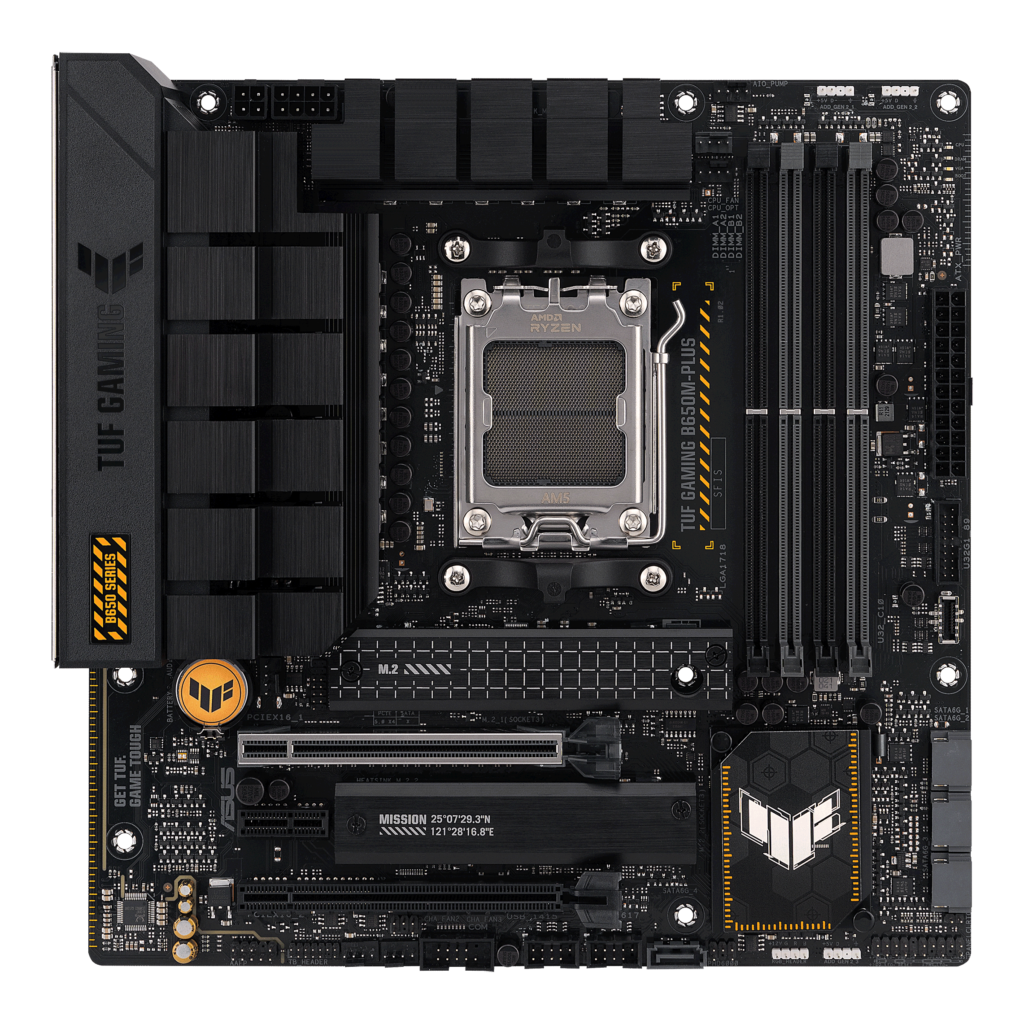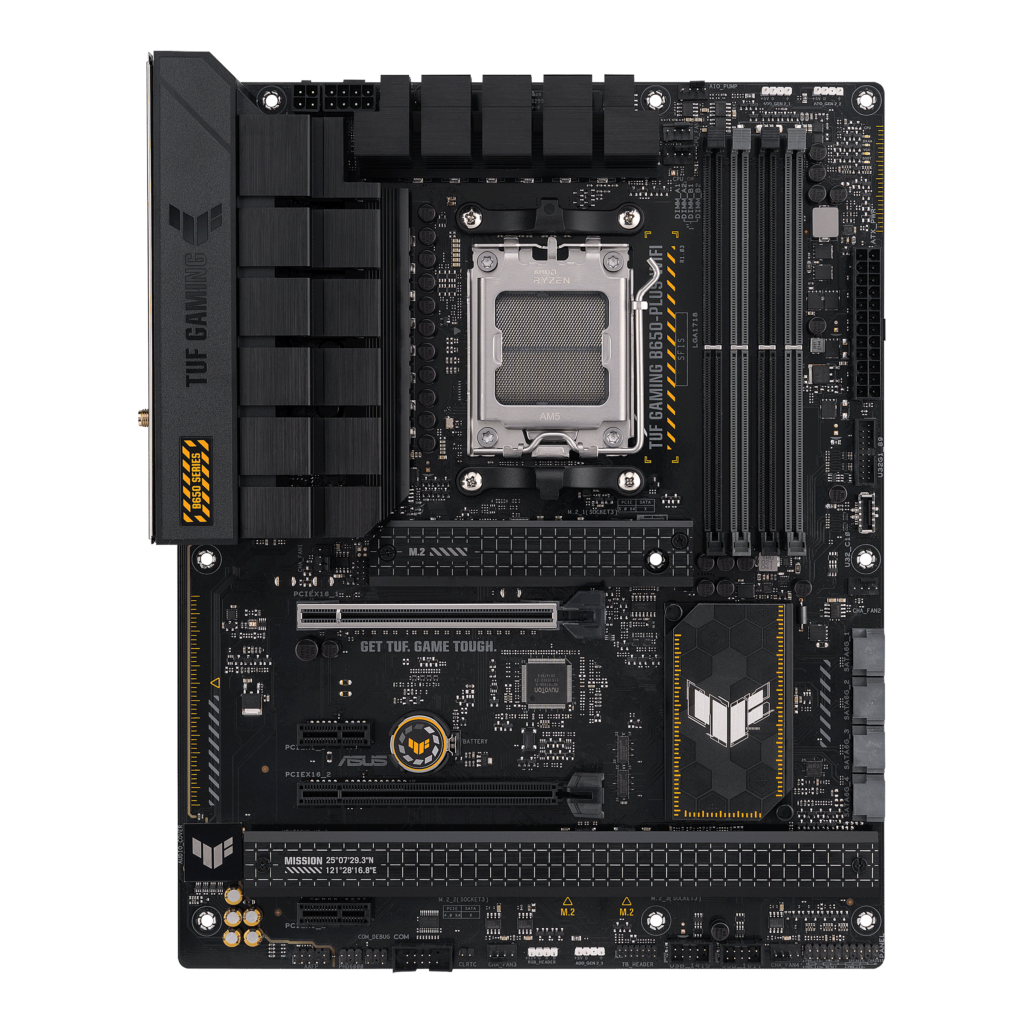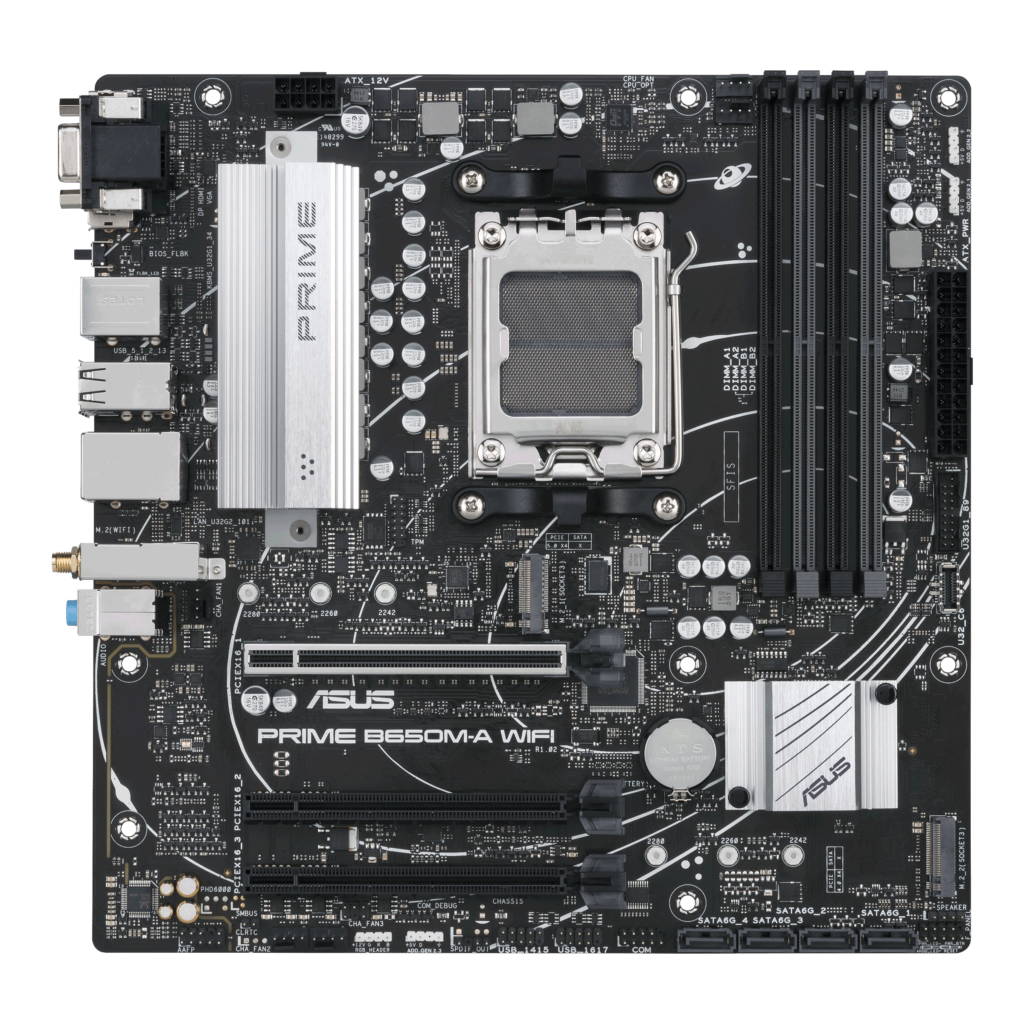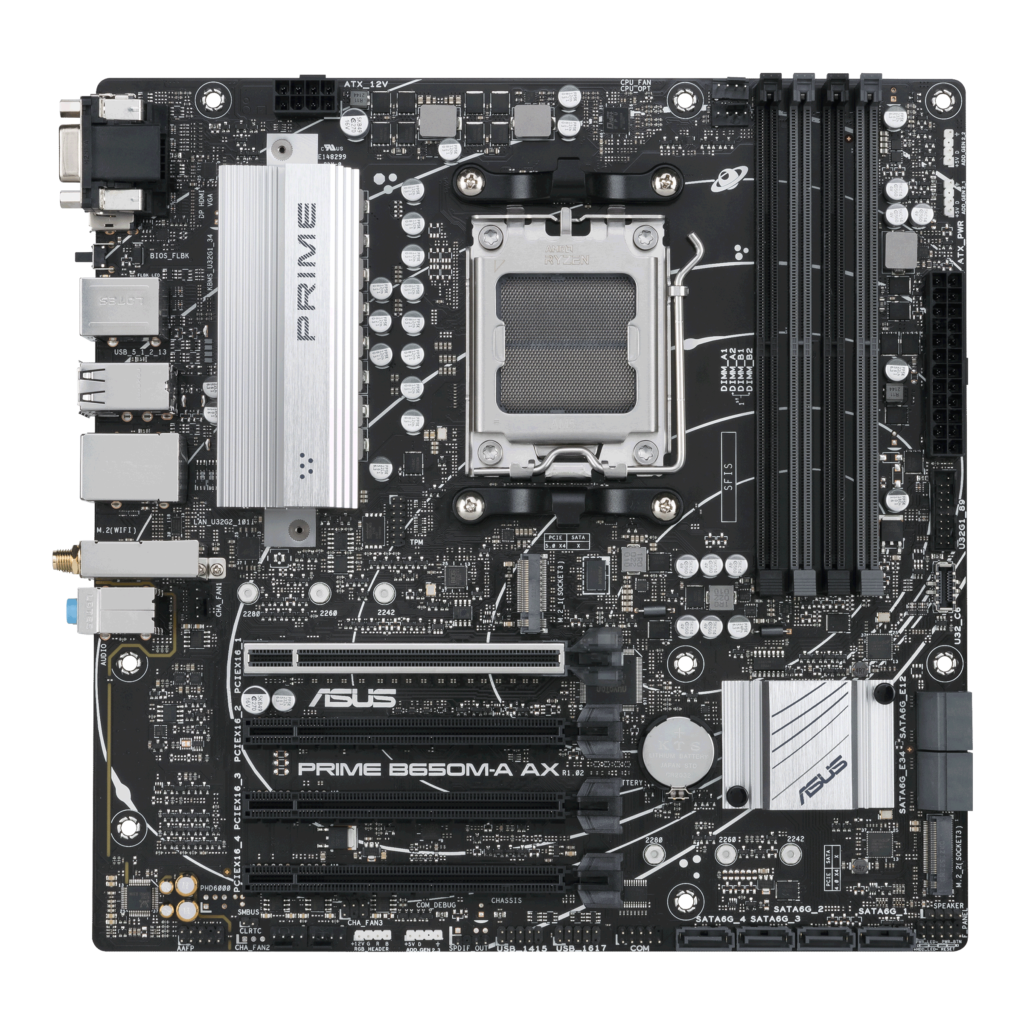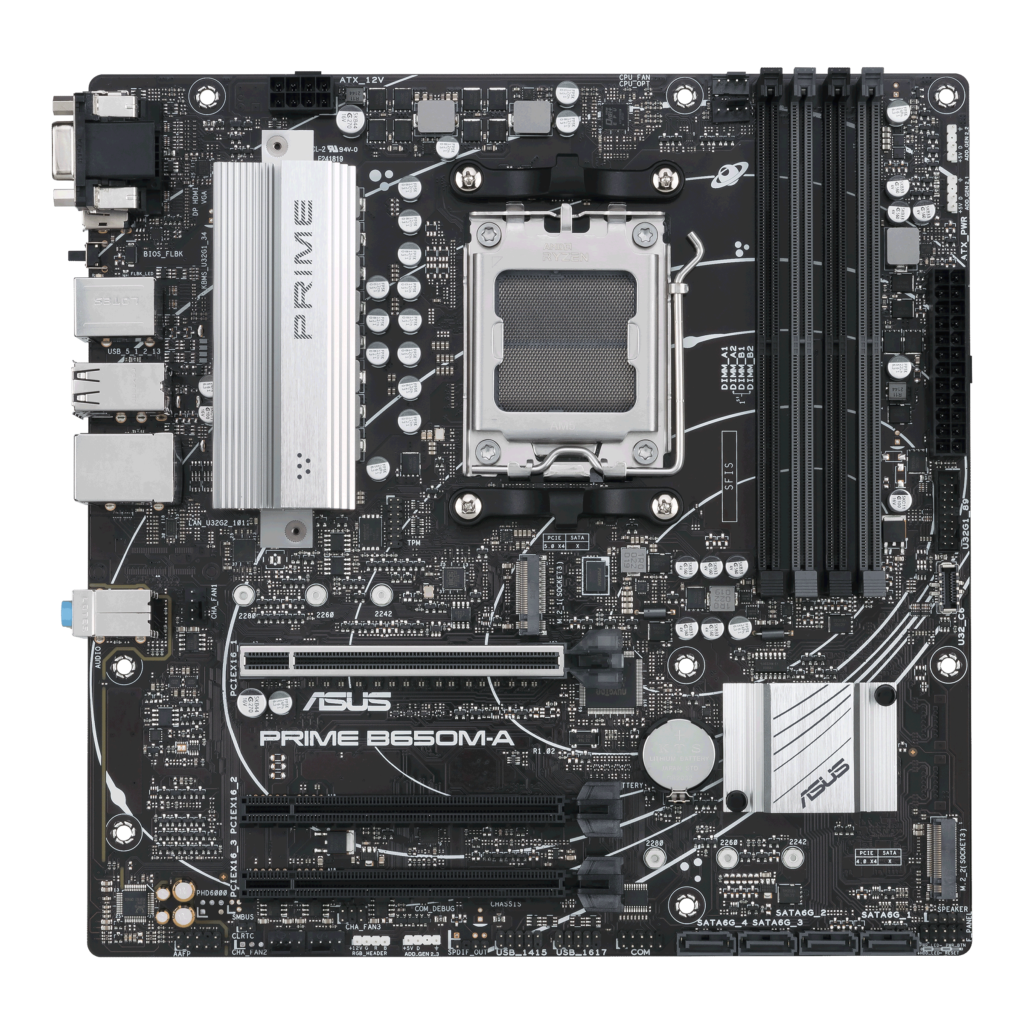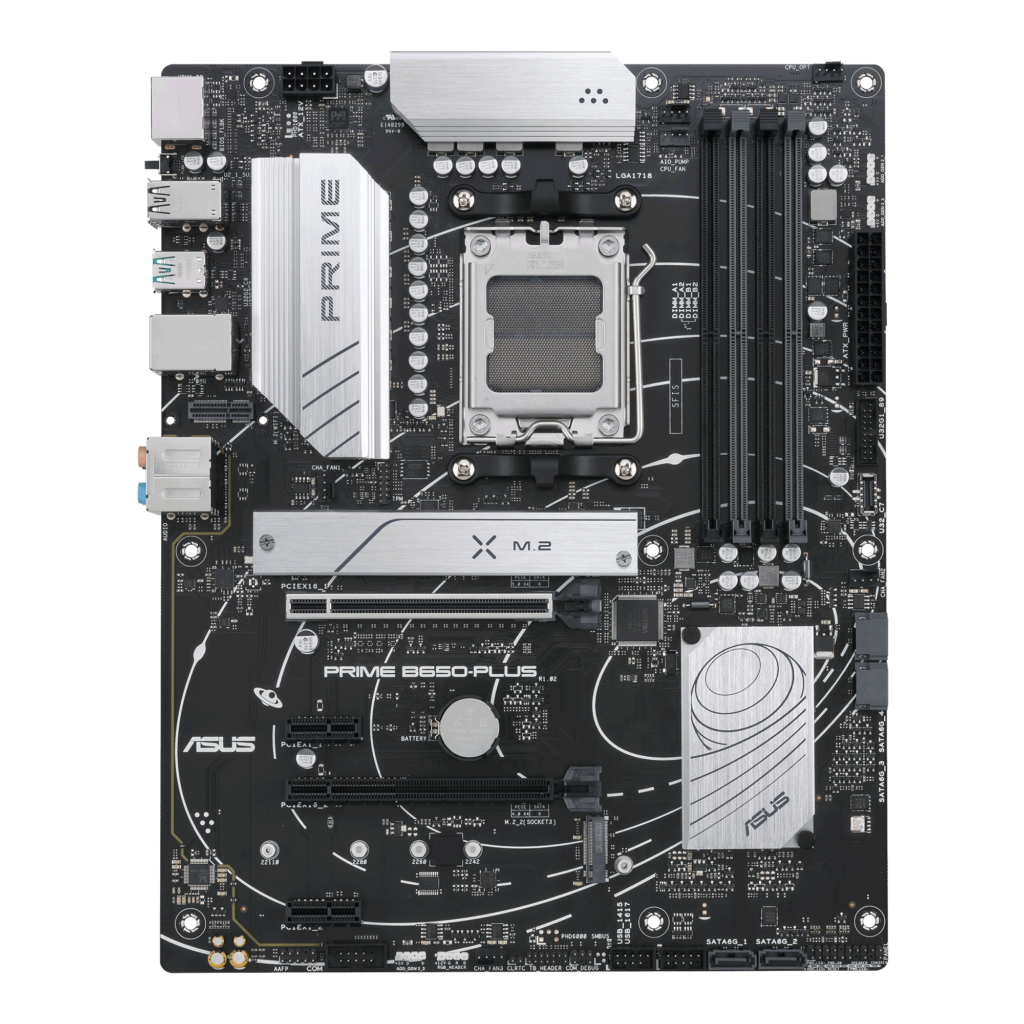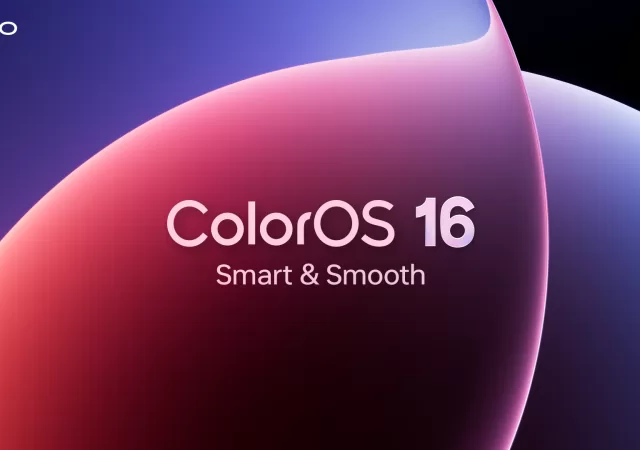AMD recently launched their new Zen 4 architecture platform in their Ryzen 7000 series CPUs. Yes, in case you have not known yet, the AMD Ryzen 5000 series is now outdated and is replaced with AMD’s brand-new Ryzen 7000 processors. Yes, benchmark numbers produced by AMD also shows rather promising figures too, they suggest performance numbers well beyond what their Ryzen 5000 Zen 3 processors can manage. They are promising larger performances even compared to their competitors too.
While the past few years of AMD’s Ryzen goodness have been backward compatible with their AM4 socket, the new Ryzen 7000 with Zen 4 kicks things off for a new generation of socket made for the future, the AM5 socket platform. Gone are the flimsy pins on the chip itself and in comes push pins on the board instead, for a less nerve-wrecking installation process.
While AMD can go on and on with how powerful and different their new processors are, their Ryzen 7000 chips are glorified paperweights if they cannot get on a proper motherboard. This is where ASUS comes sweeping in with brand new motherboards to support the new AM5 platform and take advantage of Zen 4 with the B650 chipset motherboards.
You want to keep in mind that the AMD B650 boards are not the top-of-the-line computing platforms you can get for AMD’s latest and greatest. For the most current ultimate AMD experience, you want to go for the X670 boards. The B650 then is a sort of budgeted performance boards for those looking to build a powerful system that does not break the bank.
For the Hardcore Gamers – The ROG Strix Series
Everybody wants an ROG. That is also because they are known to make some of the best gaming gears and hardware in the market. For the AMD Ryzen 7000 they have the ROG Strix B650-E, B650-F, B650-I, and B650-A Gaming WiFi motherboards.
All of them comes with PCIe 5.0 drives of course. Only the ROG Strix B650-A does not carry any PCIe 5.0 x16 slots for peripherals. It is also the only one in the ROG Strix line-up that does not pack an I/O Shield. Then again, only the latest GPUs from NVIDIA are PCIe 5.0 peripherals. All of them support DDR5 memory though. True to their names too, they are all WiFi equipped boards.
The top-of-the-line ROG Strix B650-A comes with 16+2 teamed power stages with 8+8 ProCool power connectors for even more flexible overclocking on AMD’s Ryzen 7000 processors. It also features a tonne of heatsinks to cool two M.2 slots and its VRM. There are two additional M.2 slots too, on top of the two that are wrapped under heatsinks. To make installation much more convenient, the M.2 drives do not have to be screwed in; they are latched by ASUS’ clever Q-Latch system. There is also a USB FlashBack feature that allows the BIOS to be flashed even without a processor or GPU installed on the system. All you need is a USB drive and power supply. Its audio is also greatly improved with USB-based ALC4080 audio codec alongside a new Savitech SV3H712 amp for better experience when you work with audiophile gears.
For the Budget Gamers – The TUF Series
If you still want something tailored for gaming, but do not want to spend on an ROG, there is the TUF gaming series of motherboards. The B650 motherboards from TUF line-up offers all everything you need to fully take advantage of Ryzen’s 7000 series of processors Zen 4 architecture. You can choose between ATX or micro-ATX options for builds designed for smaller footprints.
Just because they are value offers for gamers, does not mean that they pack any less performance and features than their ROG cousins. You still get support for DDR5, PCIe 5.0 M.2 slot, and onboard USB 3.2 2×2 Type-C ports for all sorts of stuff. Of course, all TUF boards also come with 2.5GBps ethernet ports for high-bandwidth internet connections and WiFi 6 in case you prefer things to be wireless.
For the Creators – The ProArt Series
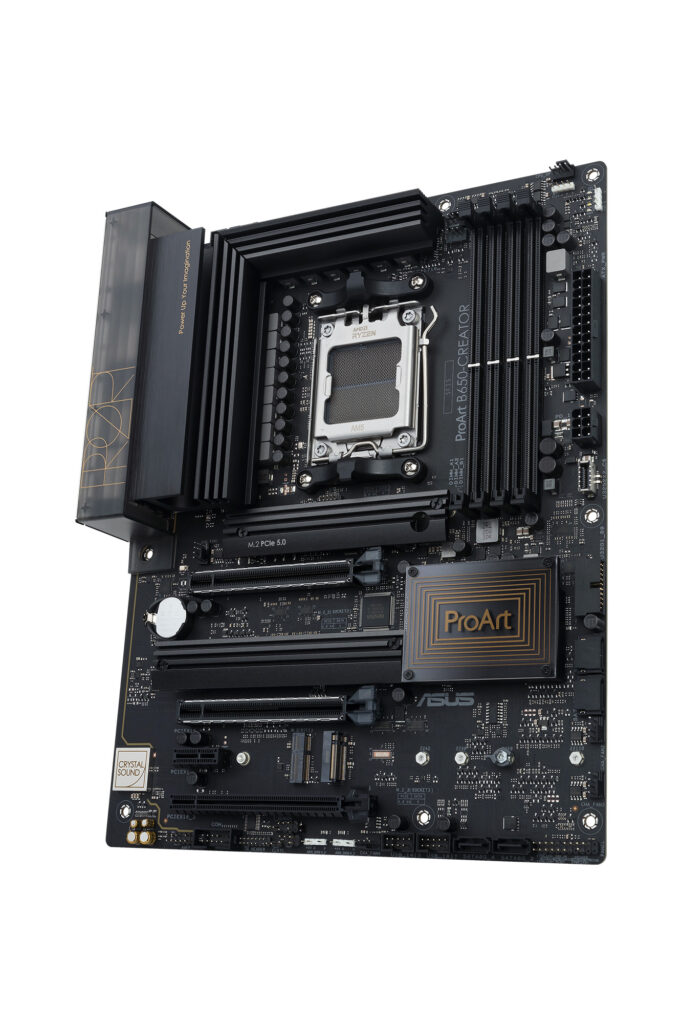
The gaming market is not the only hotbed for high-performing computing solutions. The content creator market is still heating up and their appetite for high-performance machines has increased in recent years. They also need high-performing machines that are quiet and svelte when they need to be.
While contents take time to produce, speed in workflow is key in their projects. That is why having a PCIe 5.0 support on their M.2 slot is important. Plenty of content creator programs are memory hungry too, which also means that high-speed memory is important, you get that from new DDR5 RAM support. While the ProArt series only has PCIe 4.0 x16 slots as standard, it also means that users can fit up to two GPUs to handle all their content creation workflow needs in an x8/x8 confguration.
Of course, connectivity could be key in a shared worlkflow. You get 10GBps ethernet port as standard on your boards. At the same time, you can work without a dedicated GPU if you choose with a built-in DisplayPort 1.4 output on the board itself. On top of that, you get the versatility of a USB 3.2 Gen 2×2 Type-C port support.
For the Value Hunters – The Prime Series
If you are just looking for something that does not break the bank but still take advantage of AMD’s latest and greatest, then look no further than the ASUS Prime series motherboards. It gives you the flexibility of using all sorts of budget cases and compat builds with ATX and micro-ATX solutions. It is the perfect daily driver, in ASUS’ books.
The ASUS prime B650 boards offer up to 2.5GBps networking port, PCIe 5.0 M.2 slot, and DDR5 support across their boards, The boards also packs BIOS FlashBack feature that allows you to reset your BIOS and even update it with nothing more than a USB stick and working power supply. You do not get PCIe 5.0 x16 slots just yet, but you really are not missing out on much at this point of time.
Pricing and Availability
There are no mentions yet on their official pricing currently. There is also no promised availability date for the boards at this time, but we are expecting them to be available pretty soon. For more information on the ASUS B650 motherboards made for AMD Ryzen 7000 Zen 4 processors, you can head over to their website.



